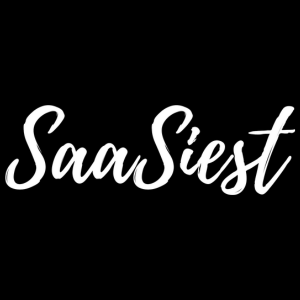Taking on the US market is one of the key expansion elements for almost every SaaS organization. It is also one of the most challenging steps, and many folks have failed. Learn from Øyvind Reed, CEO Whereby, what some of the common pitfalls are and how to avoid them.
So, when is the right time to enter the US market? Many SaaS businesses flourishing in Europe are pondering when the best time is to take the giant leap.
“I wish I could say that there’s a certain time that you just know, but I would be full of bullshit if I said that. It’s a journey,” Øyvind says.
He explains that for Whereby, one important factor was that they’d captured such a big market share in Europe. To keep growing, they needed to expand overseas.
So, once you know it’s time, how do you prepare for entering such a huge market?
“It took us a year to make the decision. I traveled back and forth, performed over 30 customer interviews, and spoke to over 50 potential partners. I read “Predictable revenue” back to back three times; I consumed everything that Jason Lemkin put out, so that made me feel like “I got this,” this will be easy,” Øyvind says with a big smile.
However, things didn’t go exactly according to plan. So, what happened? And what were the things that did not go as planned?
“To say that things didn’t go as planned is an understatement. Part of a founder’s DNA is optimism. But I found that a lot of the assumptions we had made were wrong, and we should have done more of a gradual rollout.”
The first year, Øyvind moved to Boston and brought internal people over to set up a sales office. This approach was based on a lot of the advice he’d been given. But there were several learnings.
“As Scandinavians, we tend to think we can do things on a budget. But one learning was that launching in the US on a budget is not easy. Great people in the US come at a much higher cost. The complete lack of brand awareness was also a big challenge.”
There are also significant differences between the US and Europe regarding work culture and at what pace people work.
“The Norwegian notion of work-life balance became an issue. When you’re trying to close deals in the US, it’s all hands on deck. Then it doesn’t work if the Norwegian engineers take a few days off in their cabin at critical moments.”
Øyvind stresses the importance of not only preparing and getting buy-in from the executive team but making sure the move is anchored throughout the organization because it will affect everything. People need to understand the “why”, and how they can contribute to success.
When Whereby made their second try to conquer the US market, they did it with a different business model and different scaling methods.
“Before, PLG was not much talked about, so it was a new way of working. But for us, it changed everything to apply that as our go-to-market model. One success factor was also that we acquired a new technology that brought our offering closer to what it is today. Getting investors to buy into us entering the US a second time was a bit of a challenge. But they also understand that if you want to go big, you need to make some big bets.”
Øyvind’s advice to SaaS companies about to enter the US market
“Just do it! This is what we’re missing from the Nordics, those big tech companies that can be hugely successful. Many things, the law of Jante, friends, and culture, are holding us back. Fuck it! Just go, try it, and be willing to fail. Be willing to change direction if what you’re doing is not working, because there is no playbook that you can follow. “




